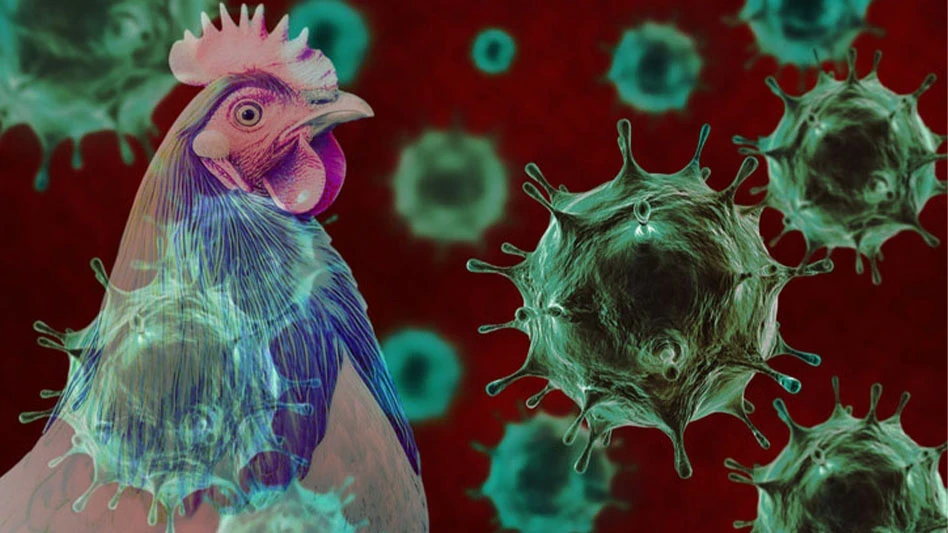
1 What is environmental monitoring?
Environmental monitoring is a preventive strategy to monitor and address unhygienic conditions inside food manufacturing facilities that pose food safety or quality risks, through sampling and testing the environment and equipment. Its relevance continues to increase due to its inclusion into food safety regulations, such as the Preventive Controls Rule of FSMA, and international food safety standards.
2 How is it different from what is covered by HACCP?
In addition to validated and verified CCPs, HACCP requires “prerequisite programs” such as GMPs and cleaning and sanitation. Despite good intentions, failures in these programs have led to numerous food safety and quality issues globally. Environmental monitoring may serve to validate or verify specific prerequisite programs (e.g., sanitation) to help ensure a HACCP-based program is effective.
3 How should companies determine where to collect their samples?
Development of a sampling program involves a risk-based approach. Manufacturers can begin by mapping their production environment and process, and assigning sampling sites into four zones. Considerations include the location of processing areas relative to key processing stages (e.g., before or after the microbial reduction step) and proximity of sampling sites to the food (i.e., a food contact or non-contact surface). Additionally, they should evaluate the difficulty of cleaning, as unwanted organisms often hide in hard-to-reach niches.
4 Which job functions should be involved in environmental monitoring?
A pathogen environmental monitoring team should be cross-functional, including quality assurance, plant management, sanitation, and someone with a background in microbiology. It’s important that this team conduct regular reviews of sampling plans, results, and corrective actions. It’s also beneficial to occasionally work with a third party to assess how effective routine sampling plans are in detecting target organisms.
5 Besides pathogens, which organisms should environmental monitoring cover?
Environmental monitoring programs encompass numerous contamination risks (pathogens, allergens, spoilage organisms, etc.) tested in different places, times, and frequencies throughout a facility. Manufacturers must consider the unique risks and hazards that pertain to them. For example, many RTE companies are increasingly concerned about spoilage organisms like lactic acid bacteria that can negatively impact shelf-life and product quality, potentially leading to product recall.
Get curated news on YOUR industry.
Enter your email to receive our newsletters.

Explore the September October 2019 Issue
Check out more from this issue and find your next story to read.
Latest from Quality Assurance & Food Safety
- Seeding The Future Global Food System Challenge Finalists Revealed
- TraceGains Launches AI-Powered Intelligent Document Processing to Improve Ingredient Safety, Compliance
- IFT Virtual Workshop on Food Fraud Prevention to Address Supply Chain Disruptions
- Penn State Course Covers Fundamentals of Food Science
- Joint FAO/WHO Expert Committee on Food Additives Seeks Experts
- FDA Reschedules Webinar on Updated ‘Healthy’ Claim
- Thousands More Laid Off at FDA, CDC in HHS Restructuring
- USDA Extends Deadline on Request for Information for Poultry Quality Standards





